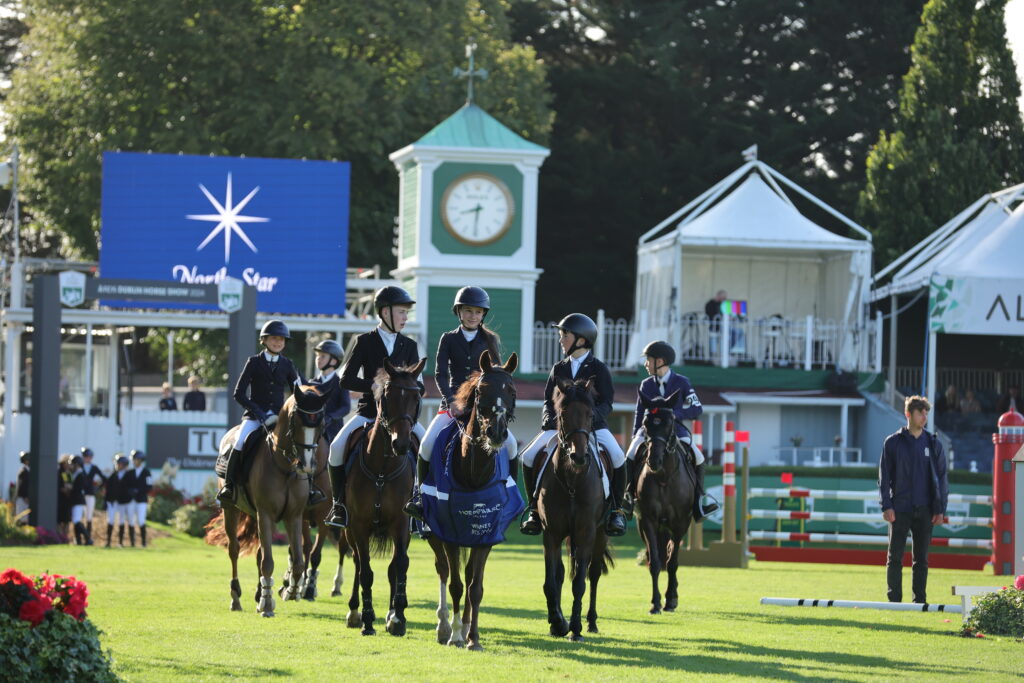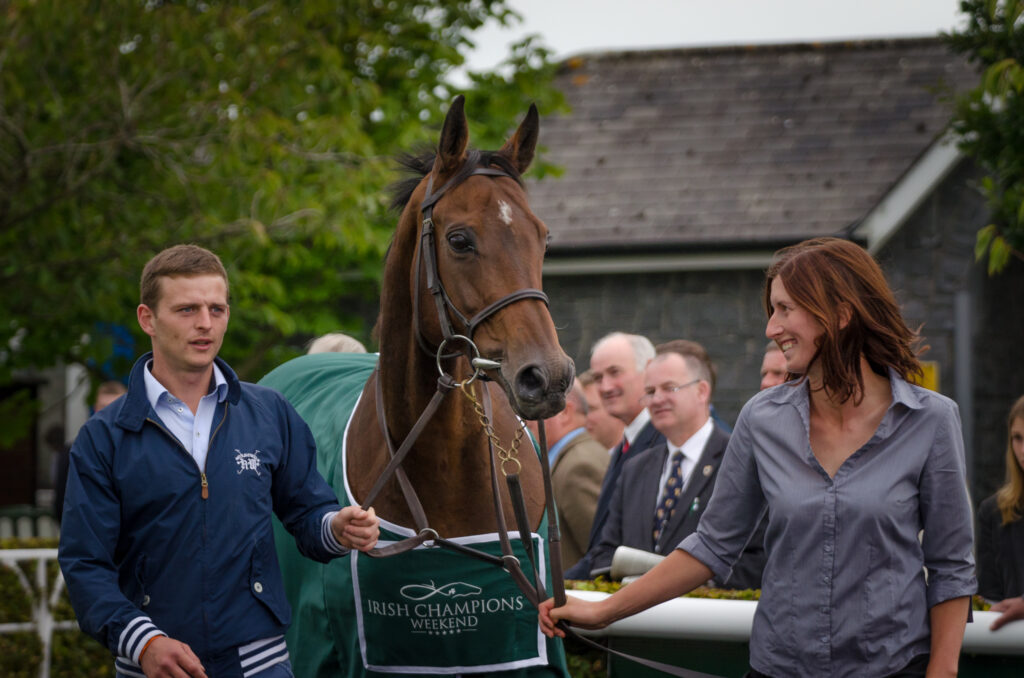
In the iconic Kerrygold advert, a neighbour leaning on a farm gate calls across the fields: “Who’s taking the horse to France?” It was meant as light-hearted rural banter, but in Ireland, the idea of horses travelling abroad is far from a joke. For generations, Ireland has been sending its equine talent across borders, whether to the racetracks of Britain, the showjumping arenas of Europe, or the eventing courses of the United States. Horses are not just part of Irish culture, they are one of its most valuable exports, ambassadors of a national craft that blends heritage, sport, and commerce.
Today, the Irish horse industry is a billion-euro powerhouse. In 2022, Deloitte valued the thoroughbred sector alone: breeding, racing, sales, and supporting services, at €2.46 billion annually, sustaining more than 30,000 jobs. The Irish Sport Horse sector adds hundreds of millions more, making the overall equine industry worth between €1.8 and €2.5 billion to the economy. This is not simply a pastime; it is a cornerstone of rural livelihoods and a source of international prestige. Ireland produces around 40% of the EU’s thoroughbreds and exports roughly 80% of them to over 37 countries, with the UK, Middle East, and North America among the biggest markets. In showjumping and eventing, the Irish Sport Horse, an intelligent blend of Irish Draught and Thoroughbred, has topped global rankings for decades, with names like Cian O’Connor and Bertram Allen keeping Ireland at the sharp end of world competition.
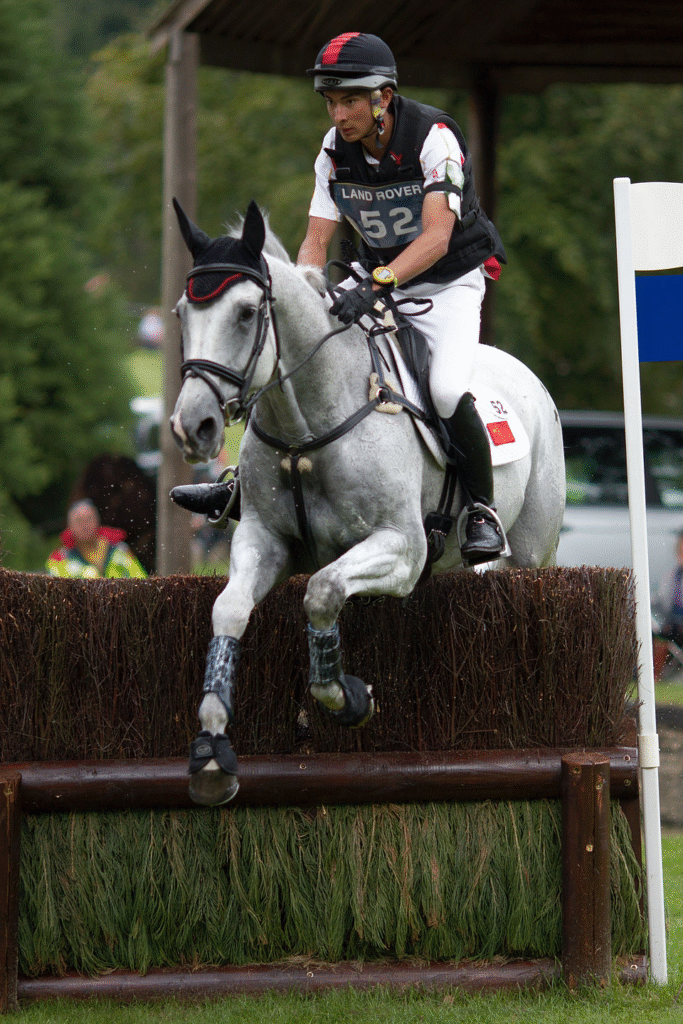
Behind this success lies strong government support. The Irish state commits more than €70 million annually to the Horse and Greyhound Fund, which underpins prize money, welfare initiatives, and rural infrastructure. Horse Racing Ireland argues that for every €1 of public money invested, the economy gains €35 in return. Supporters say this funding maintains Ireland’s competitive edge against better-resourced countries. But critics question why a commercially successful sector that sells million-euro yearlings and benefits wealthy owners should receive such substantial public subsidy, particularly during a cost-of-living crisis. The politics are complex: in many rural constituencies, the horse industry is a major employer, and few politicians are willing to be seen undermining it.
The trade, however, is not without shadows. In 2023, RTÉ’s investigation Horses – Making a Killing revealed distressing cases of horses being exported for slaughter under false identities, sparking public outcry. Horse Racing Ireland called the footage “appalling” and committed €16 million towards improved welfare oversight and integrity measures. Meanwhile, Horse Sport Ireland has warned that rising costs; fodder, veterinary fees, and transport, are squeezing small breeders, some of whom are struggling to keep pace with larger commercial operations. Calls for a €9 million fodder support scheme and targeted breeding incentives show that not all parts of this lucrative industry are equally secure.
External pressures are also reshaping the market. With the UK accounting for 60% of Irish bloodstock exports, Brexit has added layers of customs checks, tariffs, and transport costs, particularly affecting smaller players. Virtual auctions and cross-border logistics partnerships are emerging as solutions, but the long-term picture remains uncertain.
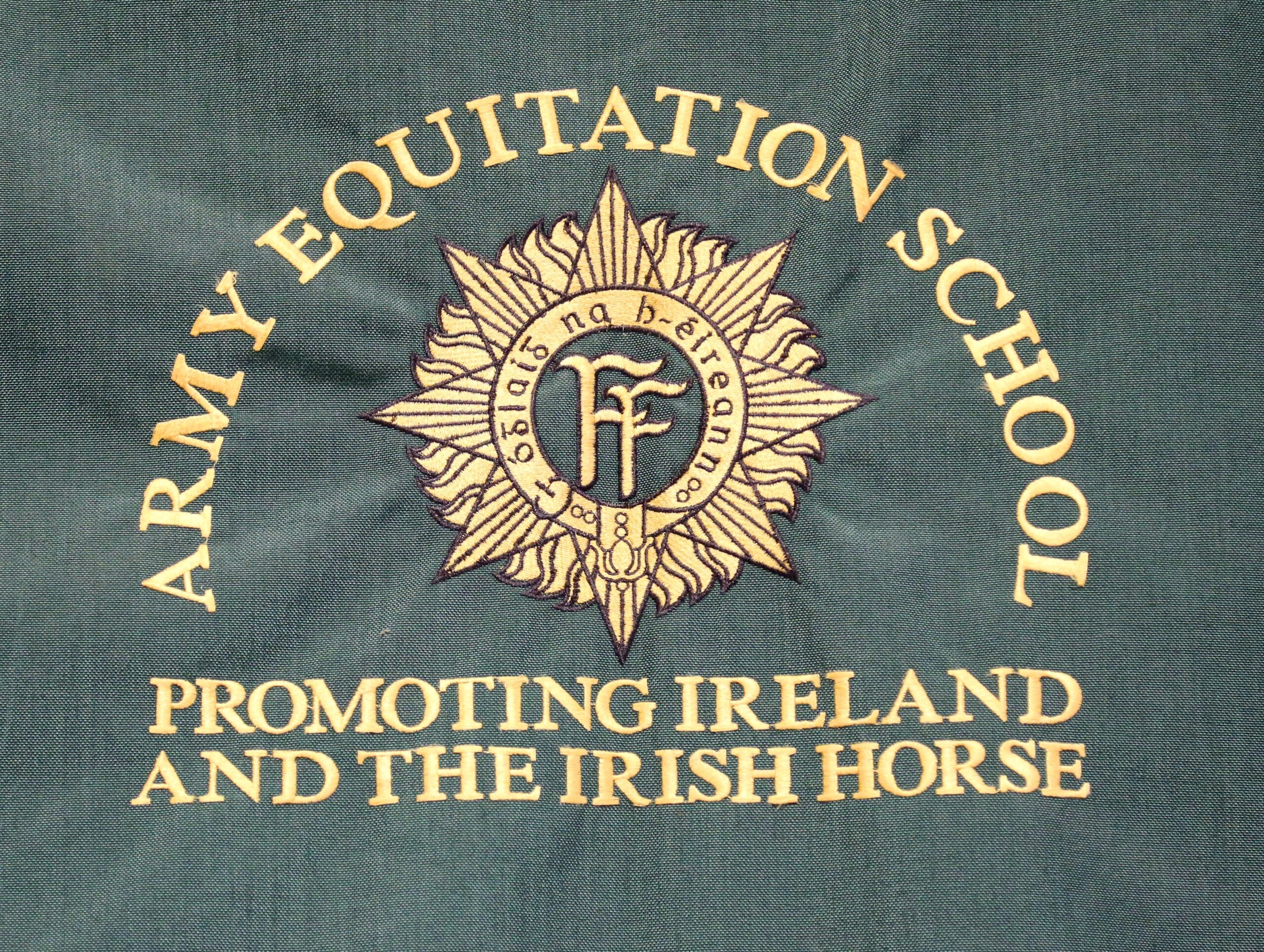
Yet despite the politics, the economics, and the welfare debates, the Irish horse continues to be a symbol of excellence abroad. Whether it’s an Irish thoroughbred winning the Prix de l’Arc de Triomphe or an Irish Sport Horse clearing a championship course in Kentucky, these animals represent generations of selective breeding, horsemanship, and cultural identity. Every sale, every international win, is part of a much bigger story, a story that stretches from small family studs in Tipperary to the most glamorous racing and sporting venues in the world.
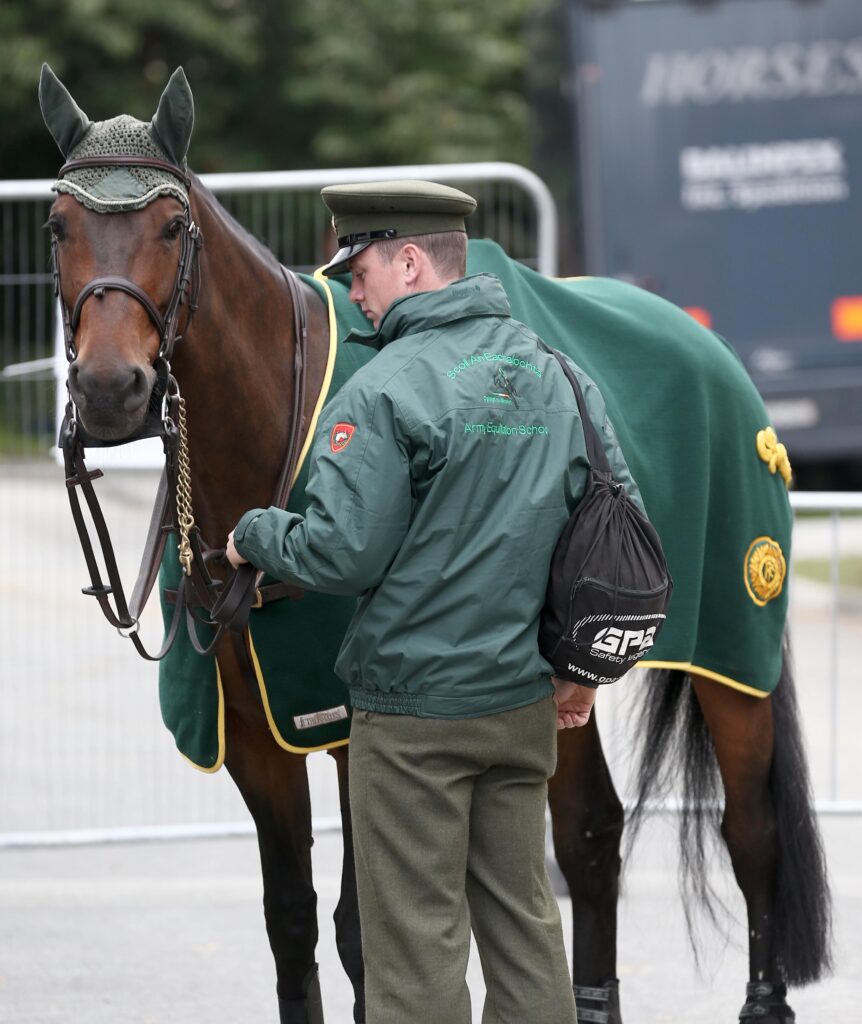
So, who’s taking the horse to France? The answer is global buyers with deep pockets, yes, but also the Irish breeders and riders who carry forward a centuries-old tradition. The challenge now is not simply to keep the horses moving, but to ensure that what Ireland exports is more than just muscle and bloodlines. It’s a standard of care, a cultural heritage, and a reputation that must be protected if the next generation is to keep asking, and answering, that famous question.

